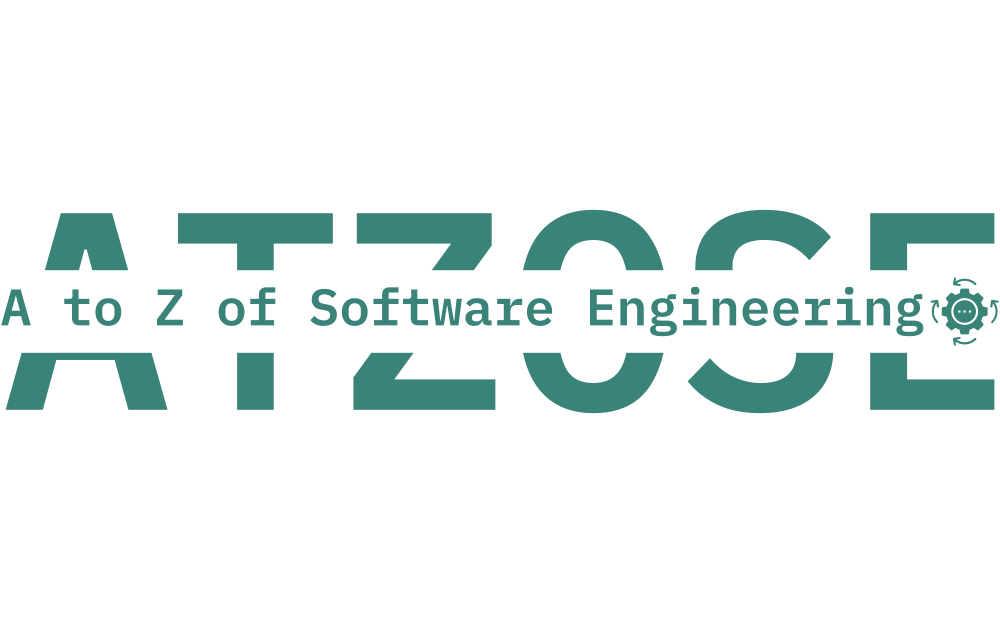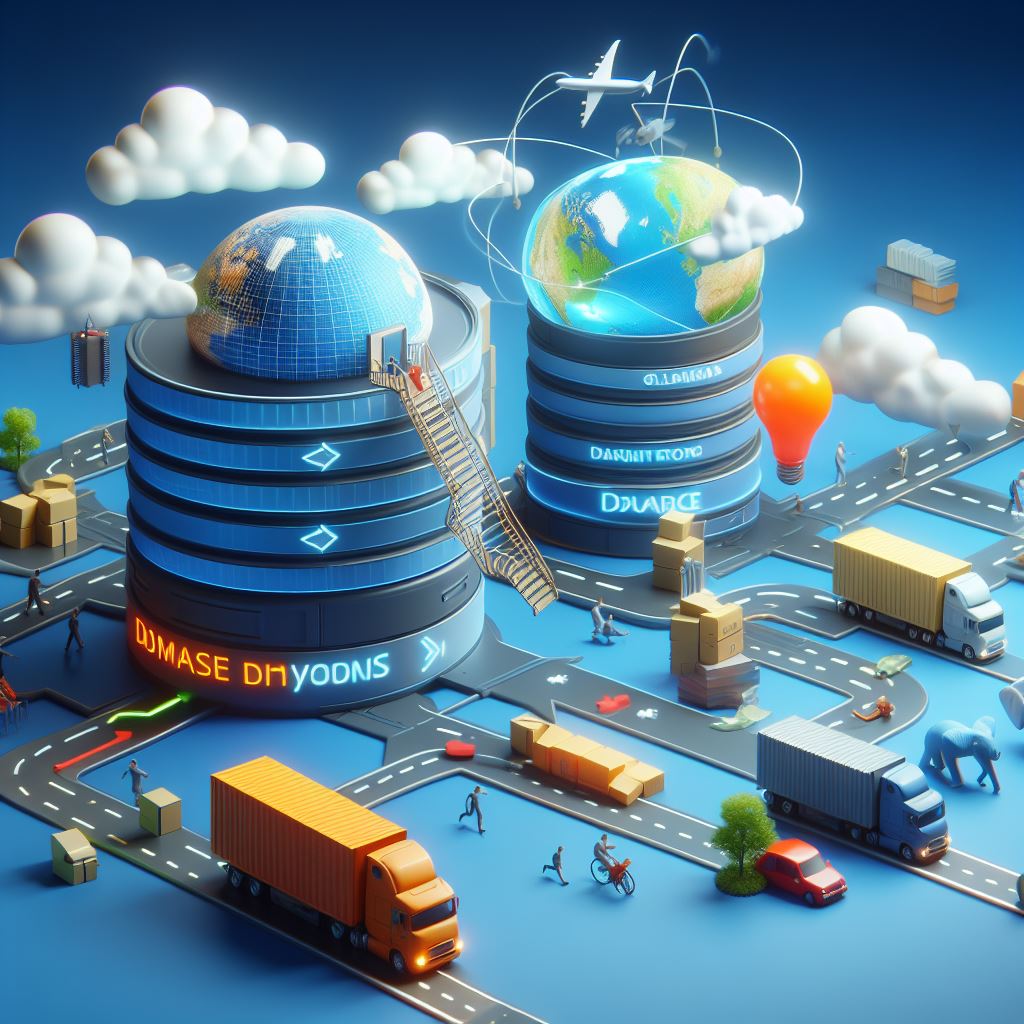Serverless computing has revolutionized the way developers build and deploy applications. It offers a cost-effective and efficient alternative to traditional server-based architectures, providing businesses with the flexibility to focus on code and functionality rather than managing infrastructure. In this article, we will explore the concept of serverless computing, its advantages, and provide practical examples to demonstrate its potential.
Understanding Serverless Computing
Serverless computing, often referred to as Function as a Service (FaaS), is a cloud computing model that enables developers to run code without the need to manage or provision servers. The term “serverless” is somewhat misleading, as there are still servers involved; however, developers are abstracted from the underlying infrastructure. This allows them to focus solely on writing code, which is executed in response to events or triggers.
Key Concepts:
- Event-Driven: Serverless functions are event-driven. They are triggered by events such as HTTP requests, database changes, or messages from a queue.
- Pay-as-You-Go: You pay only for the compute resources consumed during the execution of your functions, which makes serverless cost-efficient.
- Scalability: Serverless platforms automatically scale your functions to accommodate high loads, ensuring responsiveness under heavy traffic.
- Stateless: Functions are stateless, meaning they do not retain information between invocations. This enforces clean and decoupled code.
Benefits of Serverless Computing
- Cost Efficiency: Serverless computing reduces infrastructure costs because you only pay for the execution time of your functions. There’s no need to provision or manage servers, reducing overhead expenses.
- Scalability: Serverless platforms automatically scale resources up or down to match demand, ensuring your application performs well under varying loads.
- Speed and Simplicity: Developers can focus on writing code without worrying about server provisioning, maintenance, or capacity planning, which accelerates development and deployment.
- Event-Driven: Serverless is designed for event-driven architectures, making it ideal for applications that require real-time processing and responsiveness.
- High Availability: Most serverless platforms offer built-in redundancy and failover capabilities, ensuring high availability.
Practical Examples
Now, let’s look at some practical examples of serverless computing to better understand how it works.
- Image Processing with AWS Lambda
AWS Lambda is a popular serverless computing service. Let’s say you have a web application that allows users to upload images. You can use Lambda to automatically resize, compress, and store those images in a database. Lambda functions can be triggered by the image upload event.
- Real-Time Analytics with Azure Functions
Microsoft Azure Functions is another serverless platform. Suppose you have a web application that needs to process and analyze real-time data. You can create Azure Functions that trigger whenever new data arrives. These functions can perform analytics and store results in a database.
- Chatbot with Google Cloud Functions
Google Cloud Functions is a serverless platform that can be used to build a chatbot. When a user sends a message, a Google Cloud Function can process it, determine the appropriate response, and send it back to the user. This chatbot can easily scale to handle a large number of concurrent users.
- Scheduled Tasks with AWS Lambda
You can use AWS Lambda to automate tasks that need to run on a schedule. For example, you can create a Lambda function that generates daily reports or performs backups. AWS CloudWatch Events can trigger these functions at specified times.
Conclusion
Serverless computing is a game-changer for modern application development. It offers cost efficiency, scalability, and agility, allowing developers to focus on code rather than infrastructure management. Practical examples like image processing, real-time analytics, chatbots, and scheduled tasks demonstrate the versatility of serverless platforms like AWS Lambda, Azure Functions, and Google Cloud Functions. As technology continues to evolve, serverless computing is becoming an essential component of the cloud ecosystem, and its potential is boundless for businesses of all sizes.
Please do not forget to subscribe to our posts at www.AToZOfSoftwareEngineering.blog.
Follow our podcasts and videos available on YouTube, Spotify, and other popular platforms.
Have a great reading, viewing, and listening experience!





























Leave a comment